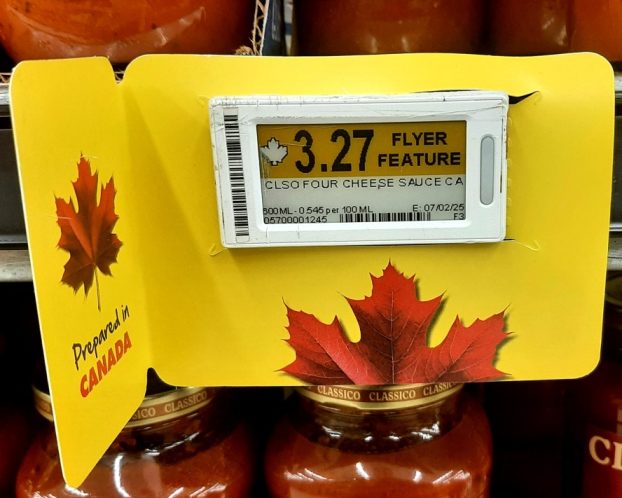
Shopify is hoping to be the brand that comes to mind when people are also thinking about starting their new business in its first integrated brand campaign.
The creative in “Let’s Make You a Business” encourages people to take their ideas and turn them into actual businesses, with messages like “your mom should be your first customer, not your only customer,” and “let’s make what you do for fun what you do for a living.”
Shopify, founded in Ottawa in 2004, is best known for providing cloud and software solutions for businesses to launch ecommerce offerings, but over the years has expanded into a more holistic offering for entrepreneurs, from branding and online advertising to point-of-sale solutions and shipping management. While it has done some targeted advertising and work focused on specific new products in the past, Jeff Weiser, Shopify’s CMO, says the goal with the campaign is to focus entirely on the Shopify brand.
“We want to be a household name people associate with entrepreneurship,” he says. “This is the first big salvo in that attempt. The targeted ads and more constrained product messaging works, but it’s not the only way to build a household name. This campaign is an overarching statement about our mission and objectives, which should be evergreen, in that it’ll be true a year and five years and 100 years from now.”
Weiser says Shopify did not do a great deal of consumer research for its first major brand push. Rather, it is zeroing in on the insight that Shopify is “the difference between making something, and making something into a business,” Weiser says, and enforcing that as a key focus in building an aspirational brand.
“Our brand is all about using commerce to help people pursue independence,” he says. “There’s a lot of people caught in a corporate wheel, but when they start a business with Shopify and act on their dreams it’s a freeing experience for them. Reminding them that they can turn the thing they are sitting on into a business felt like the insight to capitalize on.”
 The campaign was developed by Shopify’s internal creative team and agency partner R/GA. It includes TV, digital video and social, with out-of-home and radio running in 12 markets across North America. Some creative assets are also appearing in the windows of vacant storefronts, getting people to consider that their business idea “could be here.”
The campaign was developed by Shopify’s internal creative team and agency partner R/GA. It includes TV, digital video and social, with out-of-home and radio running in 12 markets across North America. Some creative assets are also appearing in the windows of vacant storefronts, getting people to consider that their business idea “could be here.”
National Bank did a similar campaign taking over vacant storefronts last year, one of many efforts by brands from banks to service providers to accounting software companies to get the attention of entrepreneurs. Despite that noise around small businesses, Weiser believes Shopify can stand out because of its track record working with over 800,000 small businesses, which helped Shopify surpass $1 billion in revenue last year.
“It feels like the brand is at the precipice of a tipping point anyway, and this is the nudge to tip it over the edge,” he says. “We have the credibility in market that makes the ad ring true.”























